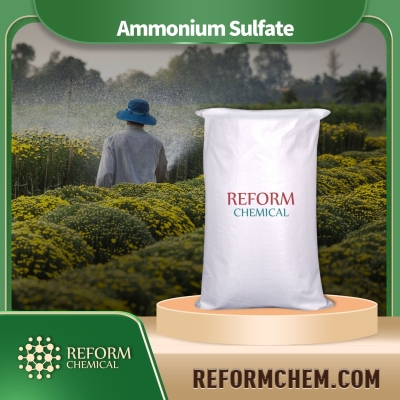-
Categories
-
Pharmaceutical Intermediates
-
Active Pharmaceutical Ingredients
-
Food Additives
- Industrial Coatings
- Agrochemicals
- Dyes and Pigments
- Surfactant
- Flavors and Fragrances
- Chemical Reagents
- Catalyst and Auxiliary
- Natural Products
- Inorganic Chemistry
-
Organic Chemistry
-
Biochemical Engineering
- Analytical Chemistry
-
Cosmetic Ingredient
- Water Treatment Chemical
-
Pharmaceutical Intermediates
Promotion
ECHEMI Mall
Wholesale
Weekly Price
Exhibition
News
-
Trade Service
According to the Shandong Food and Drug Administration, in February 2018, there were 13868 batches of samples of various foods (including health food and food additives) in the province, including 13472 batches of qualified samples and 396 batches of unqualified samples.
The pass rate was 97.
14%
.
Among the various food samples, 27 types of unqualified samples were detected in edible agricultural products, pastries, catering food, roasted seeds and nuts products, vegetable products, and meat products.
Among them, edible agricultural products were the most, with 220 batches, accounting for all unqualified samples.
More than half of the samples
.
Confectionery products, egg products, infant formula foods, and food additives are all qualified
.
The problems found this time mainly exist in seven aspects: one is the excessive pesticide residue; the second is the use of food additives beyond the scope and limit; the third is the unqualified quality index; the fourth is the detection of banned veterinary drugs; the fifth is the excessive veterinary drug residues; the sixth is Prohibited pesticides were detected; seventh, pathogenic microorganisms were detected
.
In addition, there are also problems such as unqualified sample label identification, elemental contaminants such as heavy metals, biological toxins, unqualified functional ingredients/marked ingredients (health food), and detection of non-edible substances
.
QQ screenshot 20180314145521 Problems with unqualified samples In response to the problems found in the above supervision and sampling inspections, food and drug regulatory authorities at all levels have taken measures to investigate and deal with them in accordance with the law, urging manufacturers and operators to immediately seal up, remove shelves and recall substandard products, and find the cause of the problem in time Resolve risks and intensify follow-up and random inspections in daily supervision work to prevent and control food safety risks
.
The pass rate was 97.
14%
.
Among the various food samples, 27 types of unqualified samples were detected in edible agricultural products, pastries, catering food, roasted seeds and nuts products, vegetable products, and meat products.
Among them, edible agricultural products were the most, with 220 batches, accounting for all unqualified samples.
More than half of the samples
.
Confectionery products, egg products, infant formula foods, and food additives are all qualified
.
The problems found this time mainly exist in seven aspects: one is the excessive pesticide residue; the second is the use of food additives beyond the scope and limit; the third is the unqualified quality index; the fourth is the detection of banned veterinary drugs; the fifth is the excessive veterinary drug residues; the sixth is Prohibited pesticides were detected; seventh, pathogenic microorganisms were detected
.
In addition, there are also problems such as unqualified sample label identification, elemental contaminants such as heavy metals, biological toxins, unqualified functional ingredients/marked ingredients (health food), and detection of non-edible substances
.
QQ screenshot 20180314145521 Problems with unqualified samples In response to the problems found in the above supervision and sampling inspections, food and drug regulatory authorities at all levels have taken measures to investigate and deal with them in accordance with the law, urging manufacturers and operators to immediately seal up, remove shelves and recall substandard products, and find the cause of the problem in time Resolve risks and intensify follow-up and random inspections in daily supervision work to prevent and control food safety risks
.






